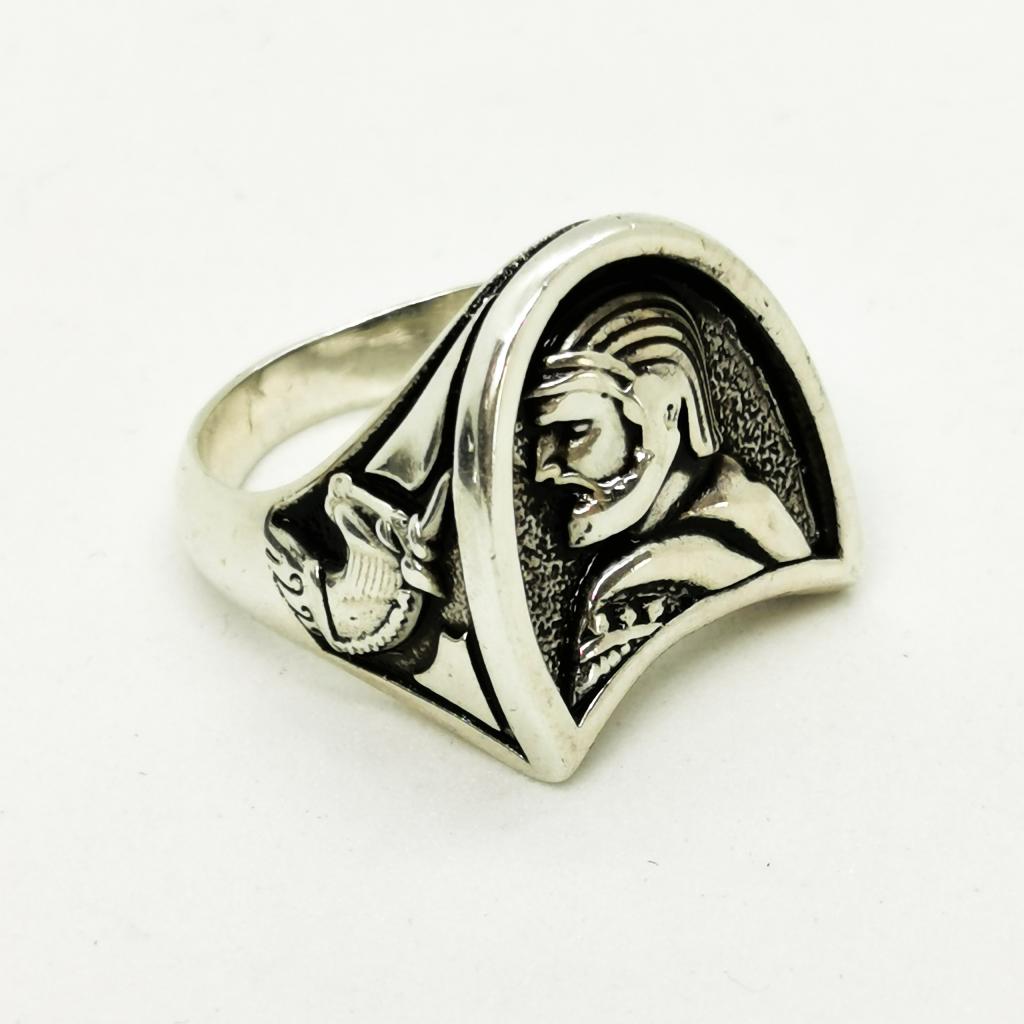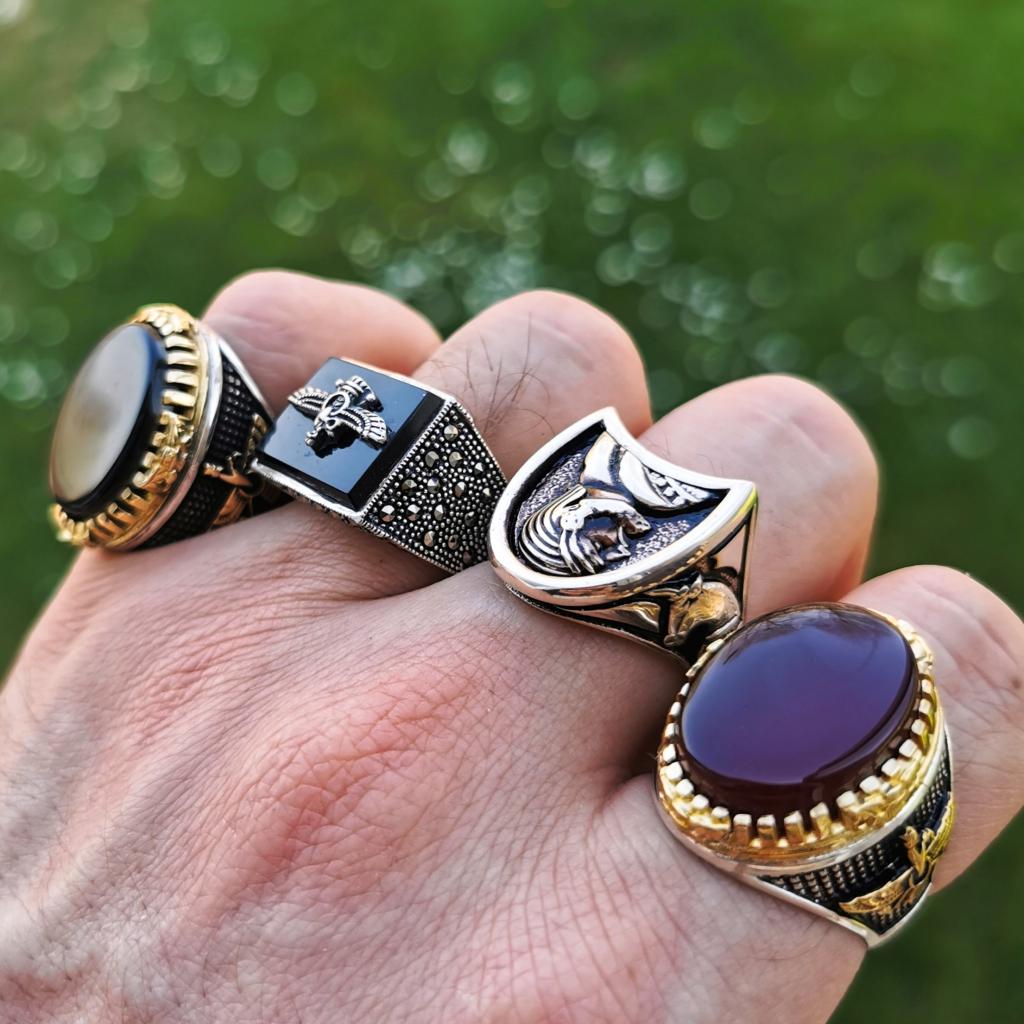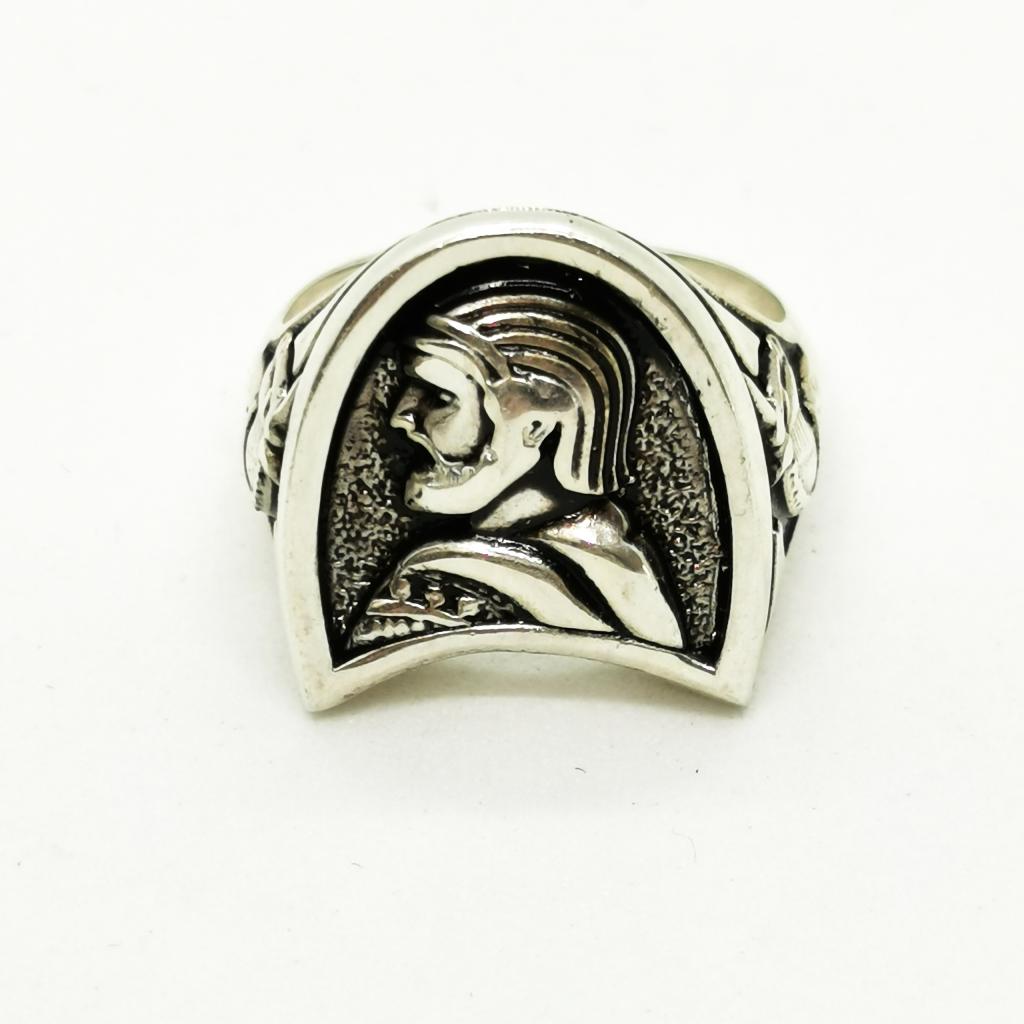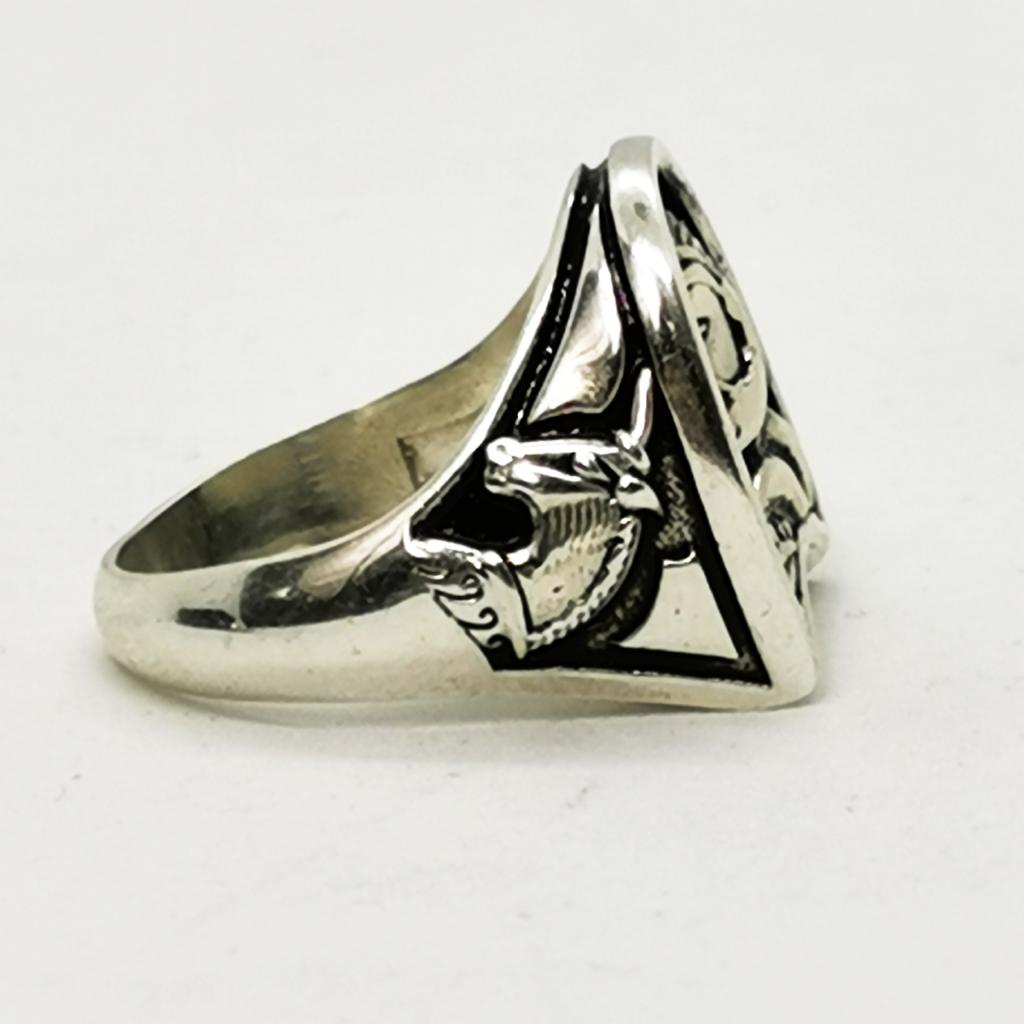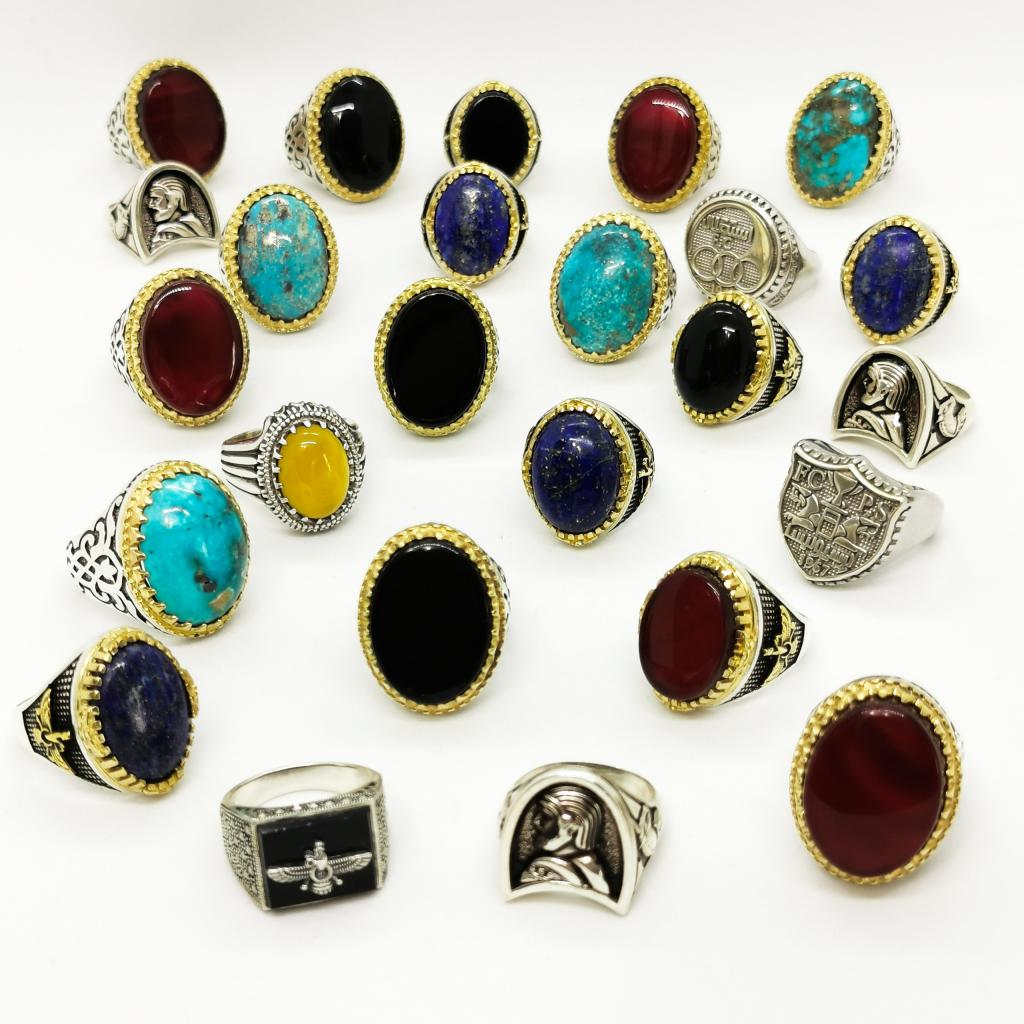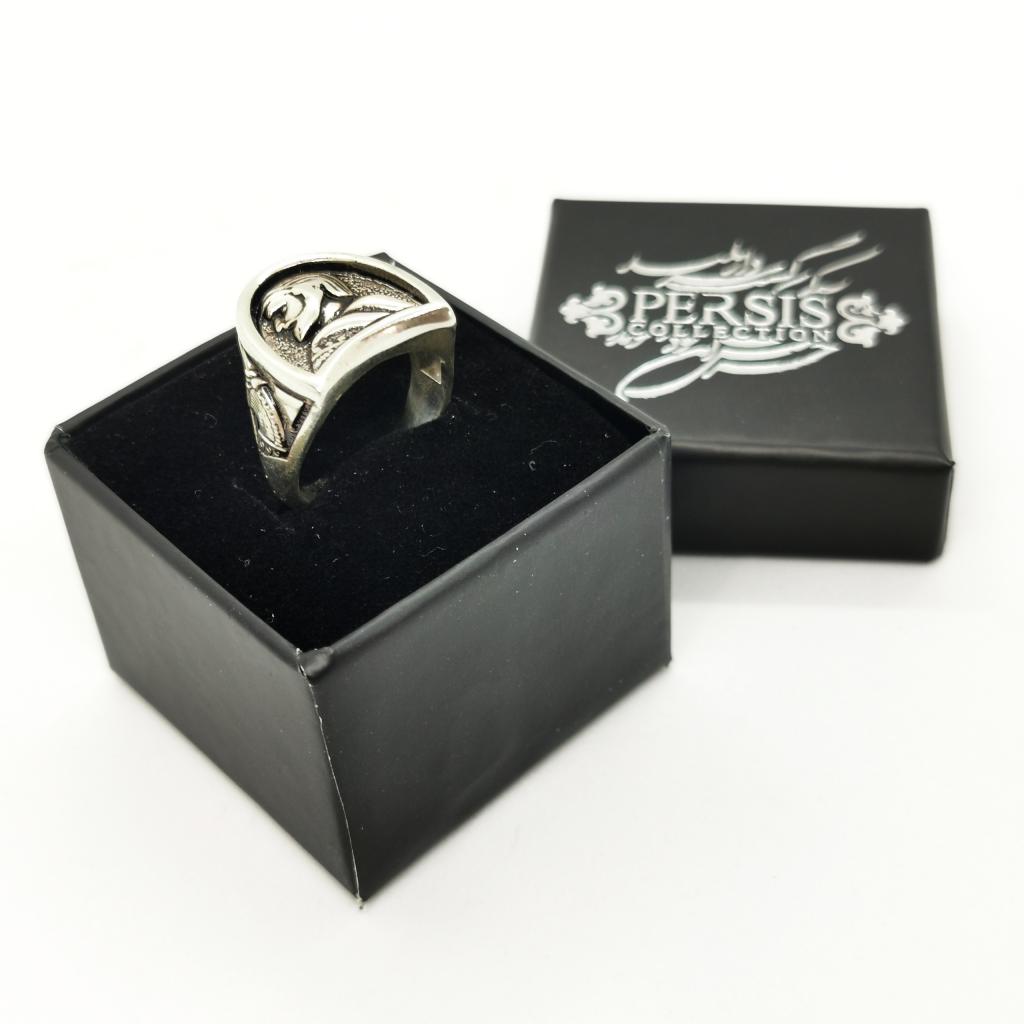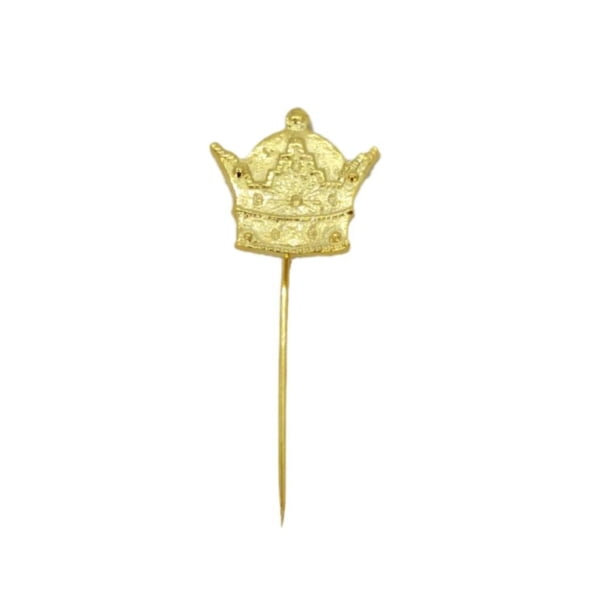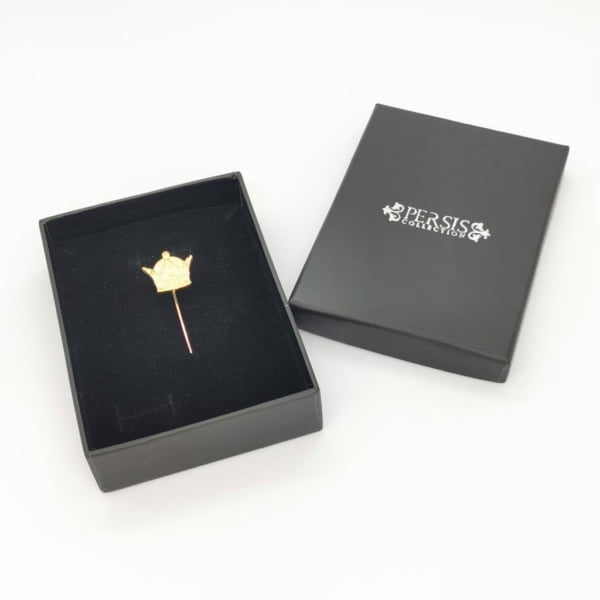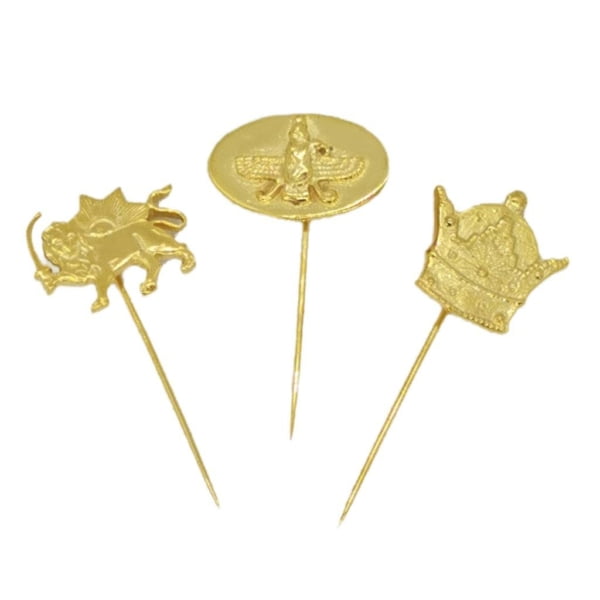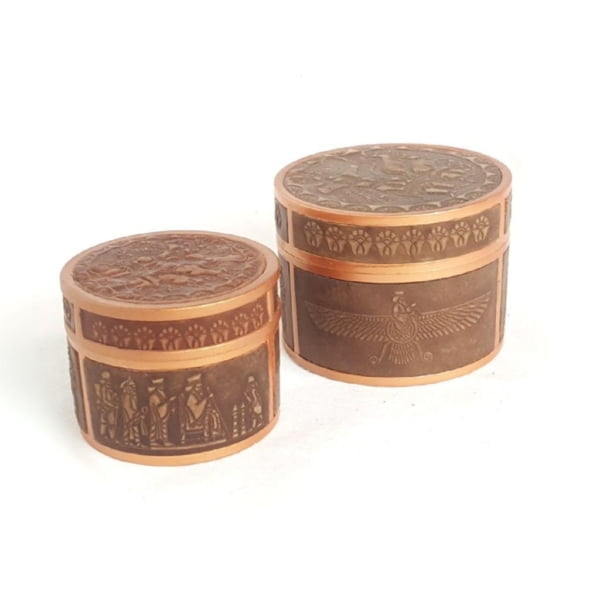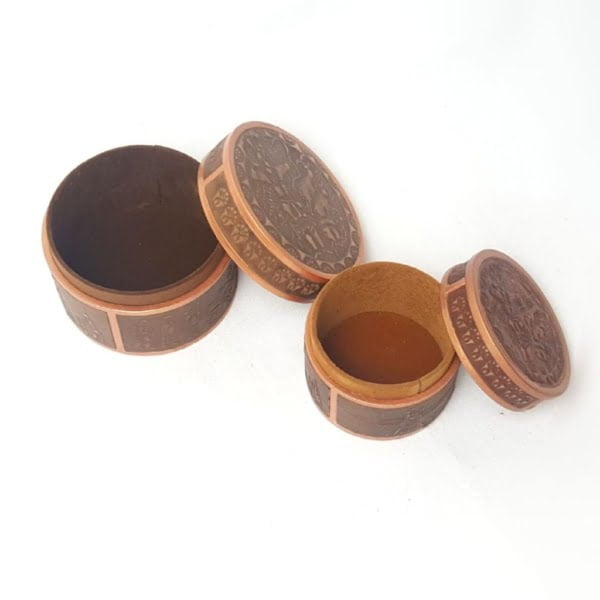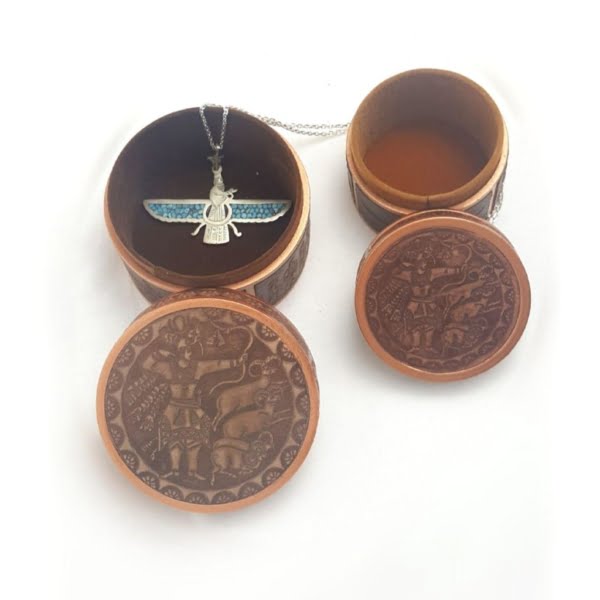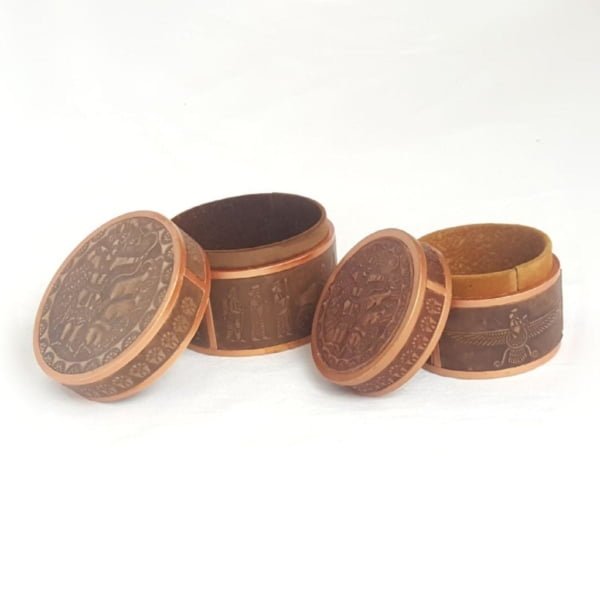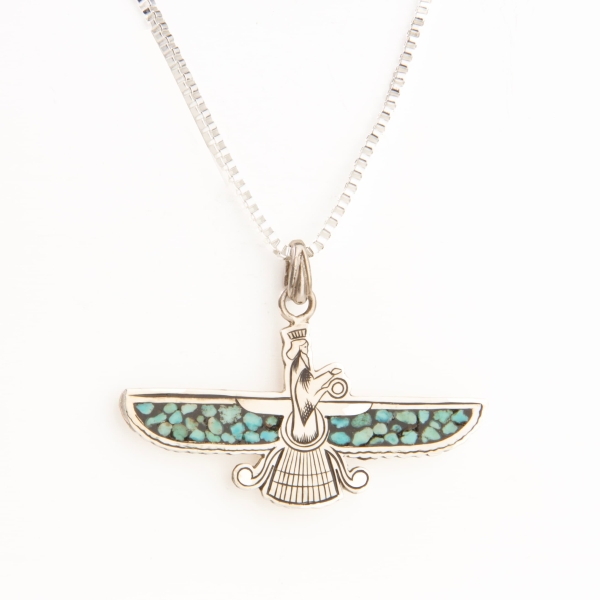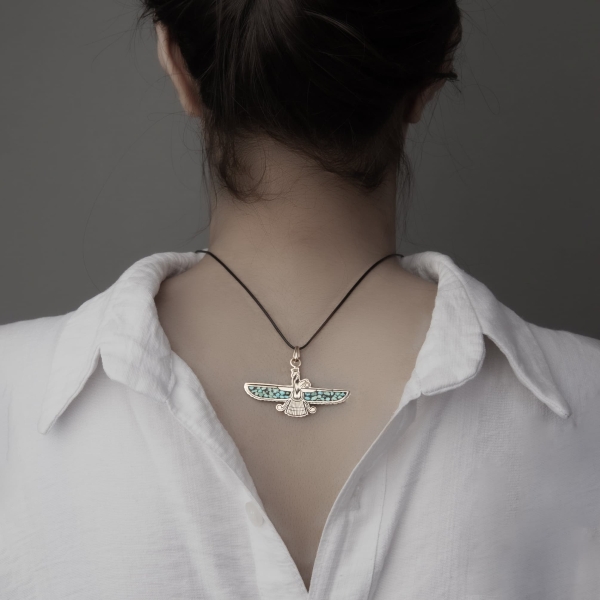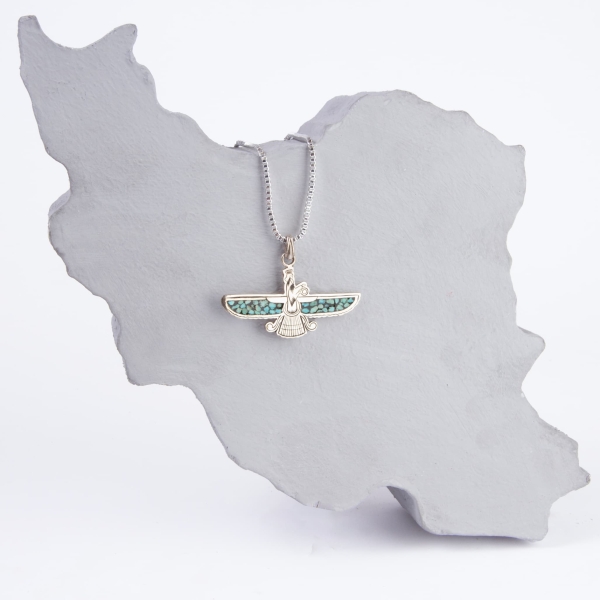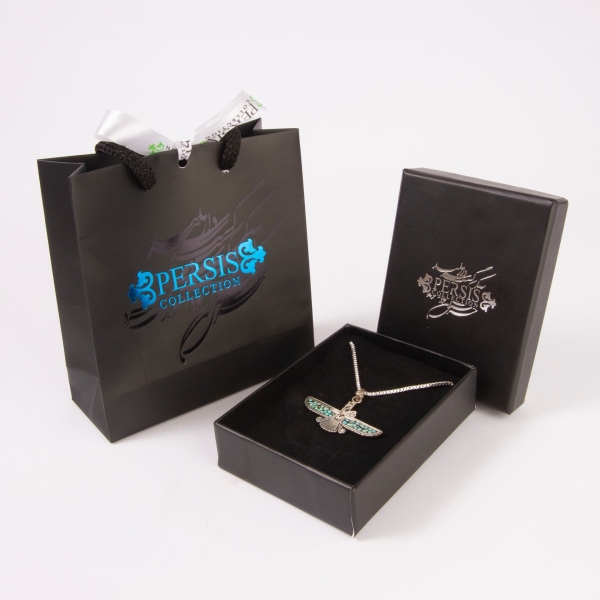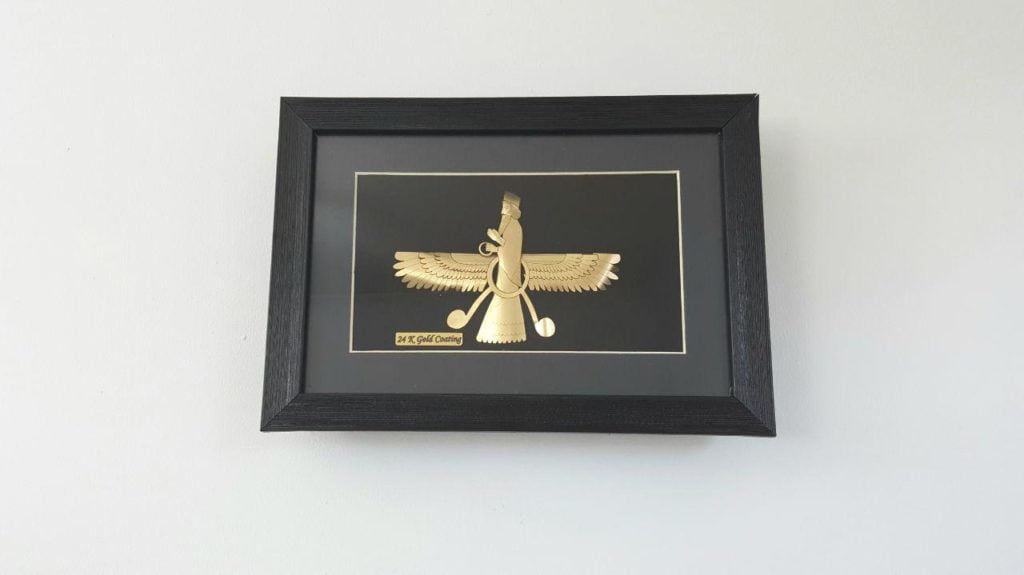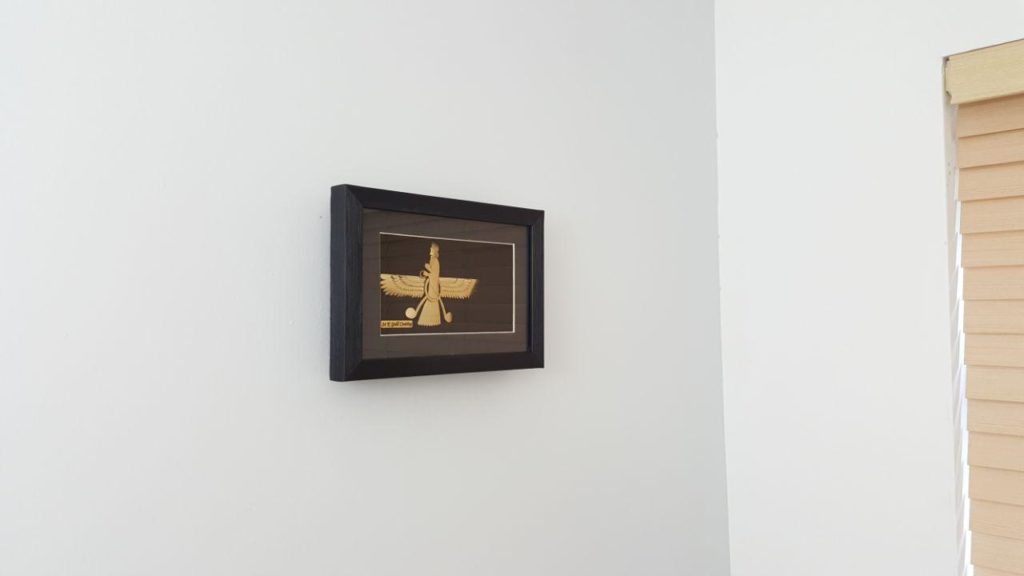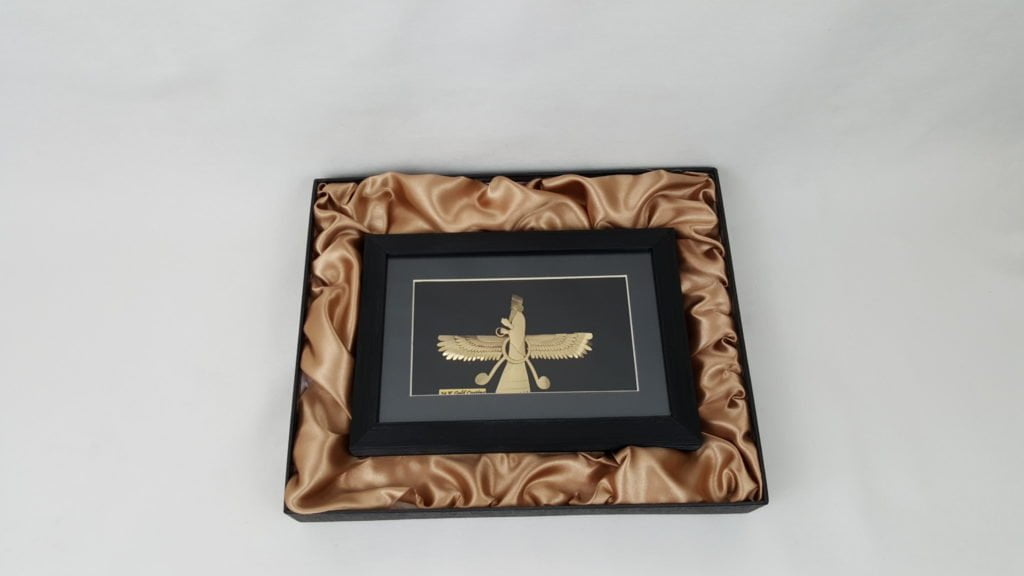Cyrus the Great Ring
Cyrus the great ring was inspired by Persian art. Cyrus II of Persia, commonly known as Cyrus the Great, and also called Cyrus the Elder by the Greeks, was the founder of the Achaemenid Empire, the first Persian Empire.
The term “Persian ring” is quite broad and can refer to various types of rings that have connections to Persian culture or history. Here are a few different interpretations of what a Persian ring could mean:
- Historical Significance: Persian rings could be ancient or historical rings originating from the Persian Empire, which existed from approximately 550 BCE to 330 BCE. These rings might have been crafted with intricate designs, precious metals, and gemstones, reflecting the artistic and cultural achievements of the Persian civilization.
- Symbolic Rings: Persian rings could also refer to rings that bear specific symbols or motifs significant in Persian culture. These symbols might include depictions of mythical creatures like dragons or phoenixes, intricate geometric patterns, or calligraphy featuring Persian poetry or religious verses.
- Traditional Persian Jewelry: In a broader sense, Persian rings may encompass various types of rings found in traditional Persian jewelry. Persian jewelry often features vibrant gemstones, intricate metalwork, and motifs inspired by nature, flowers, or animals. Rings may be adorned with gemstones such as turquoise, lapis lazuli, onyx, or rubies, and the designs can vary depending on the region and historical period.
The Farvahar/farvahar (Persian: فروهر), also known as the foruhar/faravahar is one of the best-known symbols of Zoroastrianism, an Iranian religion.
Cyrus the Great Ring Details:
- Material: 925 Sterling Silver
- Head Dimension: 2 x 2cm
- Weight: 11g
- Handmade
- The handmade ring
- A Persis jewelry gift set
Discover more Persian Jewellery here!
Size Chart
| Size (UK) | Size (USA) | Inside Circumference |
| XS | 7 | 53 mm |
| S | 8 | 56 mm |
| M | 9 | 59 mm |
| L | 10.5 | 62 mm |
| XL | 11.5 | 64 mm |
| 2XL | 12.5 | 66 mm |






